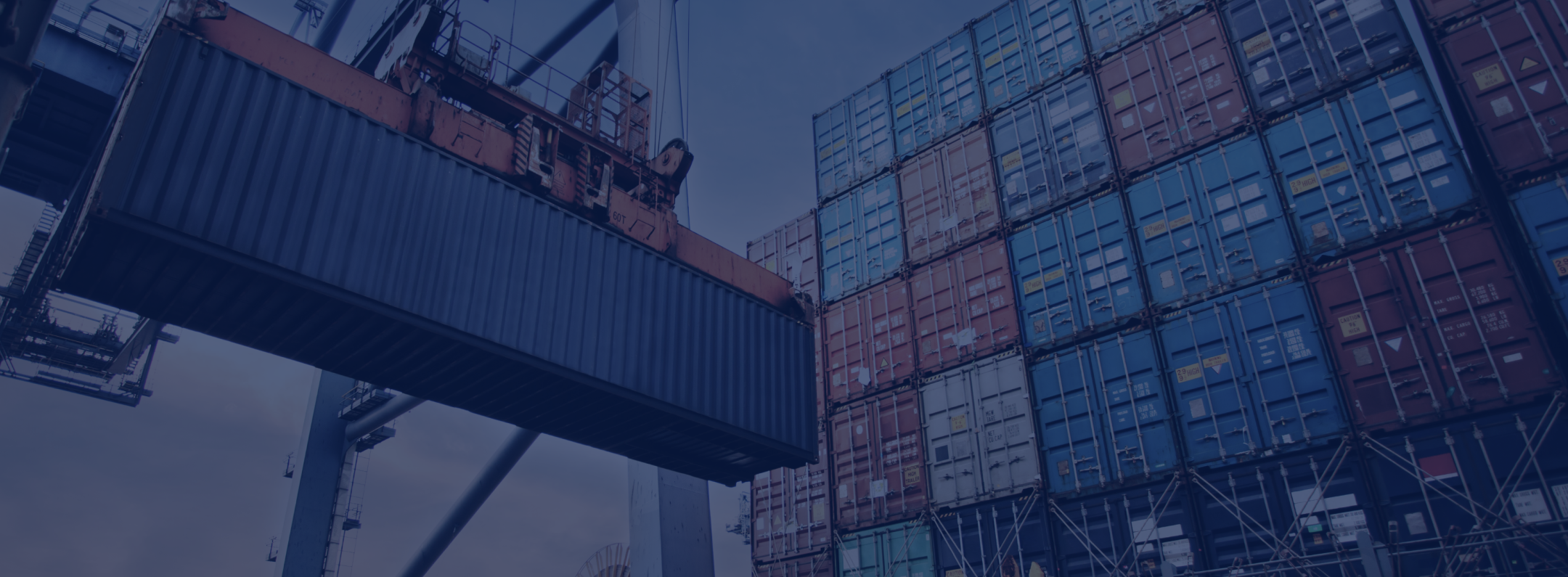Regarding container shipping, several service types are usually represented in documents such as FCL/FCL, LCL/LCL, and other variations.
LCL is the abbreviation for Less than Container Load. In an LCL shipment, multiple LCL cargoes belonging to multiple shippers and consignees are packed into a single container for shipment.
Shippers who ship LCL cargo usually do not have enough cargo to fill an entire container. Therefore, it makes sense to use and pay for only a certain amount of space for them.
Naturally, therefore, an LCL container is not handled by an individual shipper but by an LCL operator.
Depending on various countries, LCL cargo is handled either by a shipping line or a cargo consolidator.
Clients deliver their LCL cargo to the packing station (CFS – Container Freight Station). The LCL operator then tags the LCL cargo to the destinations it is meant for.
Once they have received enough cargo from various shippers to a particular destination, they will consolidate the LCL cargo and pack it for the goal.
The LCL operator will issue an individual bill of lading to each of the LCL cargo shippers. Depending on the LCL operator, it could be a direct bill of lading from the carrier or a house bill of lading from the consolidator, NVOCC, or freight forwarder.
When a consolidator accepts an LCL cargo, they accept the responsibility from the CFS (Container Freight Station) at the load port to the CFS at the discharge port. This should typically also include any obligation for cargo damage while packing the cargo into the container (unless there are specific exclusions in the trading terms of the LCL operator).
In countries where a shipping line offers LCL cargo service, they may do so only to a few main ports and not all ports. If a shipper requires LCL cargo service to many different ports, it is better to use the services of a freight consolidator or groupage operator.
While performing a service more or less similar to the shipping line (in terms of LCL cargo only), a consolidator will accept cargo to various ports. Still, it may use a “hub” to consolidate the various LCL cargo they receive.
For example, suppose Los Angeles-based customers deliver LCL cargo to the LCL operator to be shipped to a popular import destination like Singapore. In that case, an LCL operator can fill an FCL container with multiple LCL cargoes.
However, suppose Los Angeles-based customers delivery LCL cargo to one of the not-so-popular destinations like, say, Ouagadougou. In that case, the consolidator may send this cargo to their “hub” in Singapore.
Once this cargo reaches the Singapore hub, the cargo may wait for cargoes from other ports of load bound for Ouagadougou to be consolidated into an FCL and shipped.
Therefore, while deciding to ship LCL cargo, especially to a not-so-popular destination, the shipper must remember and be prepared for a possible difference in transit time of an LCL cargo compared to an FCL cargo.
So, suppose an FCL container takes 45 days from Los Angeles to Ouagadougou. In that case, an LCL cargo may take 60 days from the same Los Angeles to Ouagadougou due to the above consolidation process.
The freight charges for LCL cargo are charged in proportion to the load delivered to the LCL operator and may be charged per revenue ton.
A crucial point that LCL cargo shippers must remember is that because there is a possibility that the cargo may be reworked, there will be some extra charges that the shipping line and/or the LCL operator may charge the customer.
Therefore, the LCL cargo shippers must take extra precautions in understanding the freight rate sheet they receive from the LCL operator, benchmark, and explore ways to lower ocean freight costs.


